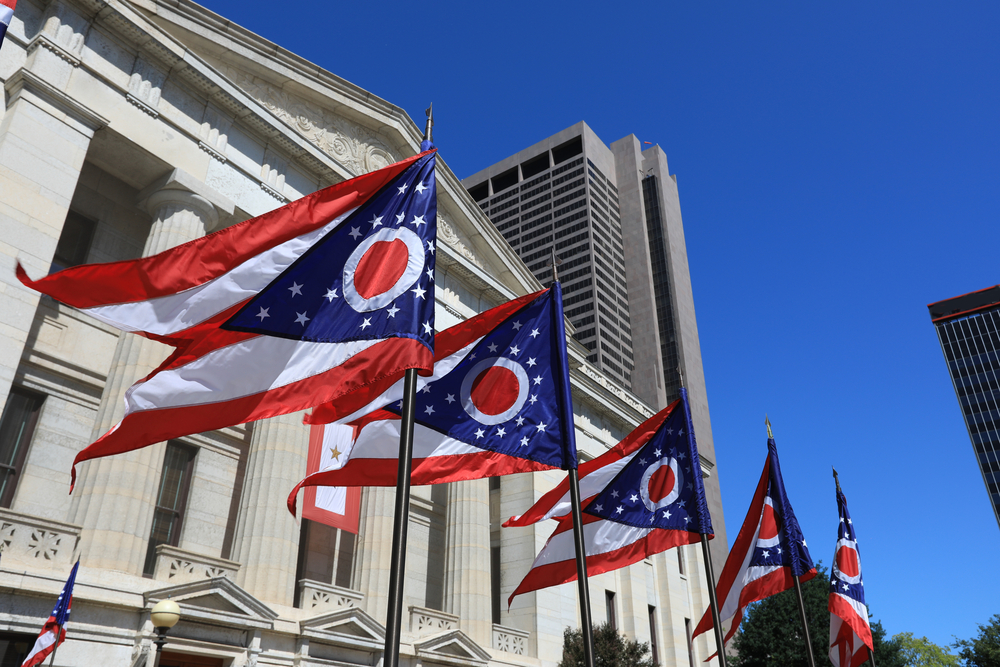A report published by Dayton Daily News has revealed that Ohioans were some of the top spenders when it came to the lottery in 2018, with recently released data courtesy of the Ohio Lottery Commission indicating that spending continues to increase.
The study revealed that while on average Americans spent $232.64 per capita on the lottery in 2018, Ohio locals spent about $252 per person, earning the state the No.14 slot in the country for spending and 10th in the nation regarding the generation of lottery revenue at roughly $3bn.
Ohio Lottery Commission spokeswoman Danielle Frizzi-Babb stated: “We strive to constantly innovate and offer a variety of entertaining products that appeal to a wide group of consumers. We’re proud that even after 45 years, Ohio consistently ranks in the top 10 in profit transfers to the state compared to the other U.S. lotteries.”
Regarding the most recent fiscal report, the Ohio Lottery Commission revealed that Ohioans spent $3.36m in ticket sales in 2019, an increase when compared to 2018’s total of $3.1m.
The state also posted an increase of roughly $1.5m on video lottery terminal games in fiscal year 2019, with sales from traditional lottery games in the same period also increasing by over 6% from the year before.
Multi-state jackpot games, such as Mega Millions and Powerball, also saw increases, with the commission attributing the growth of the vertical to record-setting jackpots offered.
Mike Brown, Director of Communications for personal finance site LendEdu, discussed the unknown effects of COVID-19 that await the organisation’s 2020 figures. He warned: “The economy was doing really well, the market was up and people had more disposable income to spend on the lottery. [But now] It is safe to say that people are spending less because of the coronavirus and that probably includes the lottery.”
Despite market uncertainty, the Ohio Lottery has already witnessed changes resulting from COVID-19, with scratch-off tickets in particular registering high levels of growth, roughly 50% more when compared to May and June 2019, that have helped the state overcome losses from the closing of bars and racino.




























